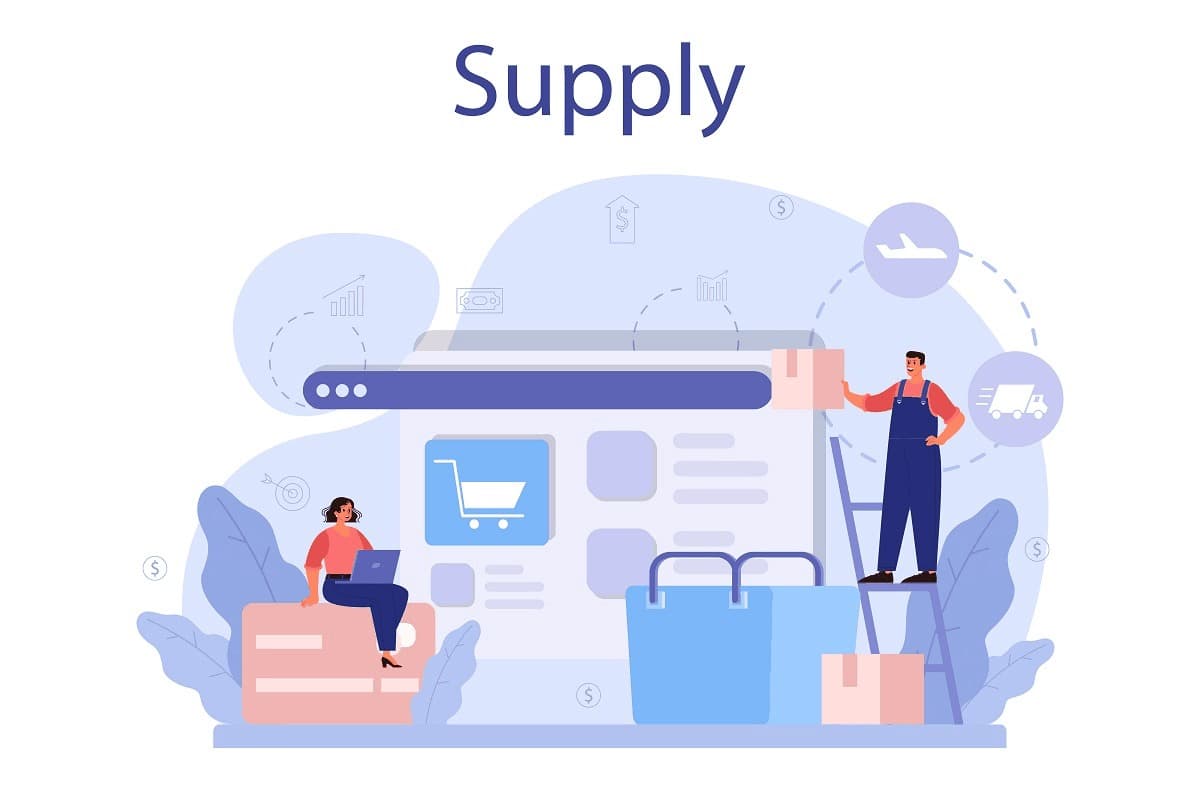
The Role of Logistics Management in Supply Chain Management
Logistics management refers to the efficient planning, implementation, and control of the flow of goods, services, and related information from the point of origin to the point of consumption. It encompasses activities such as transportation, warehousing, inventory management, packaging, and order fulfillment. In essence, logistics management ensures that the right product reaches the right place, […]
Read More
The Top 10 Logistics Trends to Watch in 2024
Logistics is the process of planning, organizing, and managing the flow of goods and services from the point of origin to the point of consumption. It is a complex and ever-changing industry, and businesses of all sizes need to be aware of the latest trends in order to stay competitive. The global logistics industry rebounded […]
Read More
Improve Your Inventory Control with These 5 Tips
Inventory control involves the management of goods and materials as they enter, move within, and leave a business. It plays a vital role in every business, ensuring the appropriate level of inventory is available to meet customer demand. Effective inventory control can help you save money, improve customer service, and increase profits. There are a […]
Read More
Supply Planning – The Ultimate Guide
Supply planning is the process of forecasting demand, determining the optimal inventory levels, and scheduling production and transportation to meet that demand. It is a critical function for any business that wants to ensure that it has the right amount of product in the right place at the right time. There are a number of […]
Read More
Sales and Operations Planning(S&OP) – Importance, Process, and Performance Tracking
Sales and operations planning (S&OP) is a process for aligning demand and supply across an organization. It is a cross-functional process that brings together sales, marketing, operations, finance, and other key stakeholders to create a plan that meets the needs of the business. Why is S&OP important? Sales and operations planning (S&OP) is a critical […]
Read More
Days Inventory Outstanding: What It Is and How to Improve It
Days inventory outstanding (DIO) is a measure of how long it takes a company to sell its inventory. It’s calculated by dividing the average value of inventory by the cost of goods sold (COGS) and multiplying by the number of days in a year. In other words, DIO tells you how many days, on average, […]
Read More
Inventory to Sales Ratio: What It Is and How to Calculate It
Inventory to sales ratio is a measure of how much stock a company has compared to how much it sells. It’s calculated by dividing the cost of goods sold by the total sales. A higher ratio means the company has more stock than it needs to meet demand, while a lower ratio means it has […]
Read More
5 Common Inventory Control Mistakes and How to Avoid Them
Inventory control is a crucial process that involves managing the movement of goods and materials into, within, and out of a business. It is a fundamental aspect for any business engaged in product sales, as it ensures that the appropriate inventory levels are maintained to meet customer demand. There are a number of common inventory […]
Read More
Inventory to Working Capital Ratio
The ratio of inventory to working capital tells you how much of a company’s inventory is paid for by its working capital. Working capital is the amount of money a company has available to meet its short-term financial obligations, such as paying bills and salaries. Inventory is the stock of goods that a company has […]
Read More
Wholesale Inventory Management Software
Wholesale inventory management software is a type of software that helps wholesalers track and manage their inventory. This software can help wholesalers to improve inventory accuracy, reduce costs, increase efficiency, and improve customer service. Wholesalers vs Distributors: Wholesalers and distributors are both important players in the supply chain, but they have different roles. Wholesalers buy […]
Read More